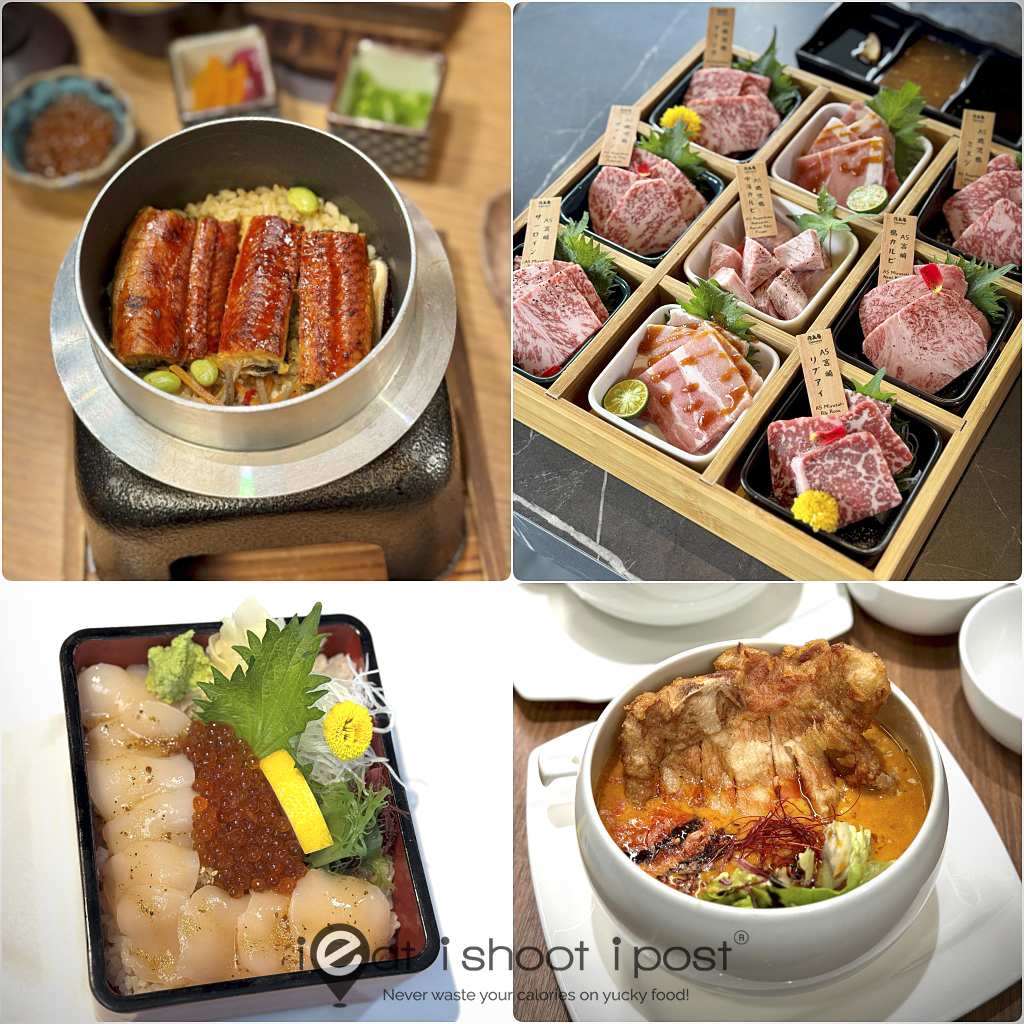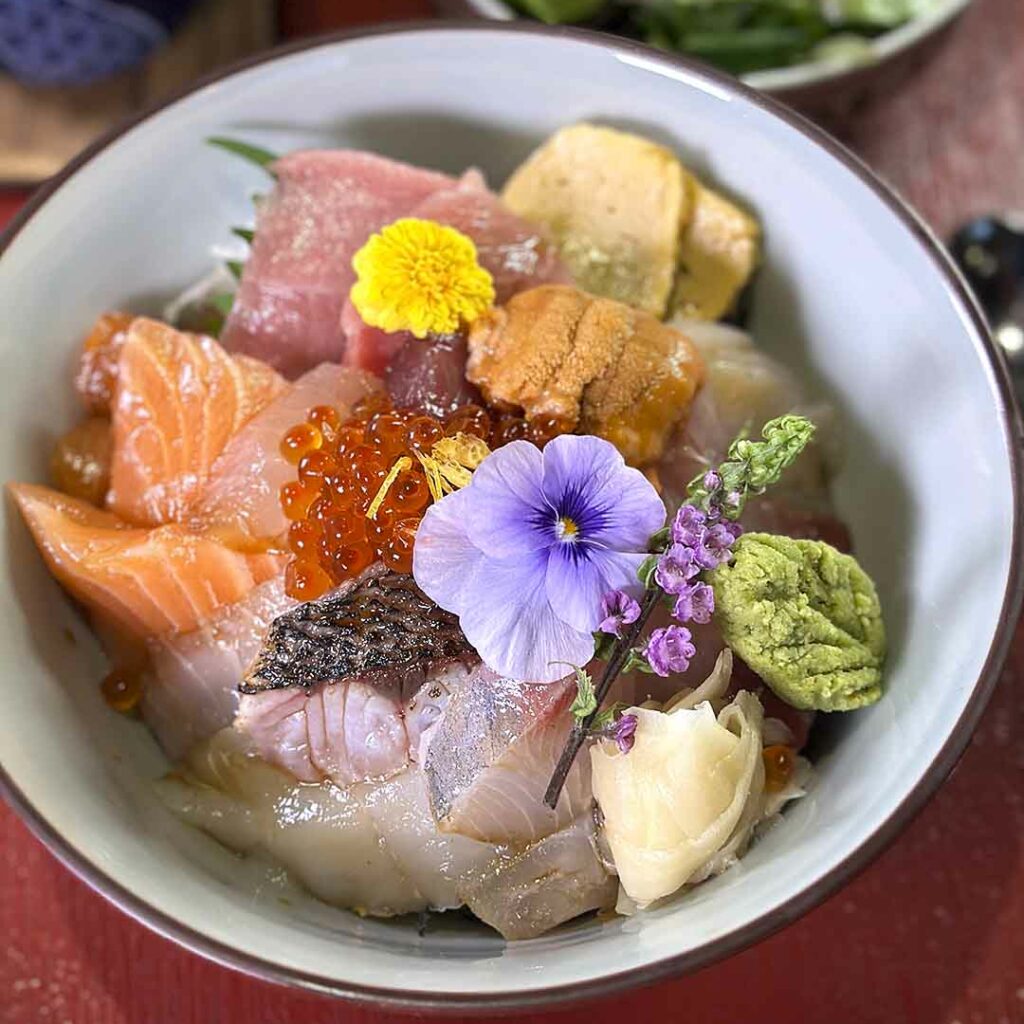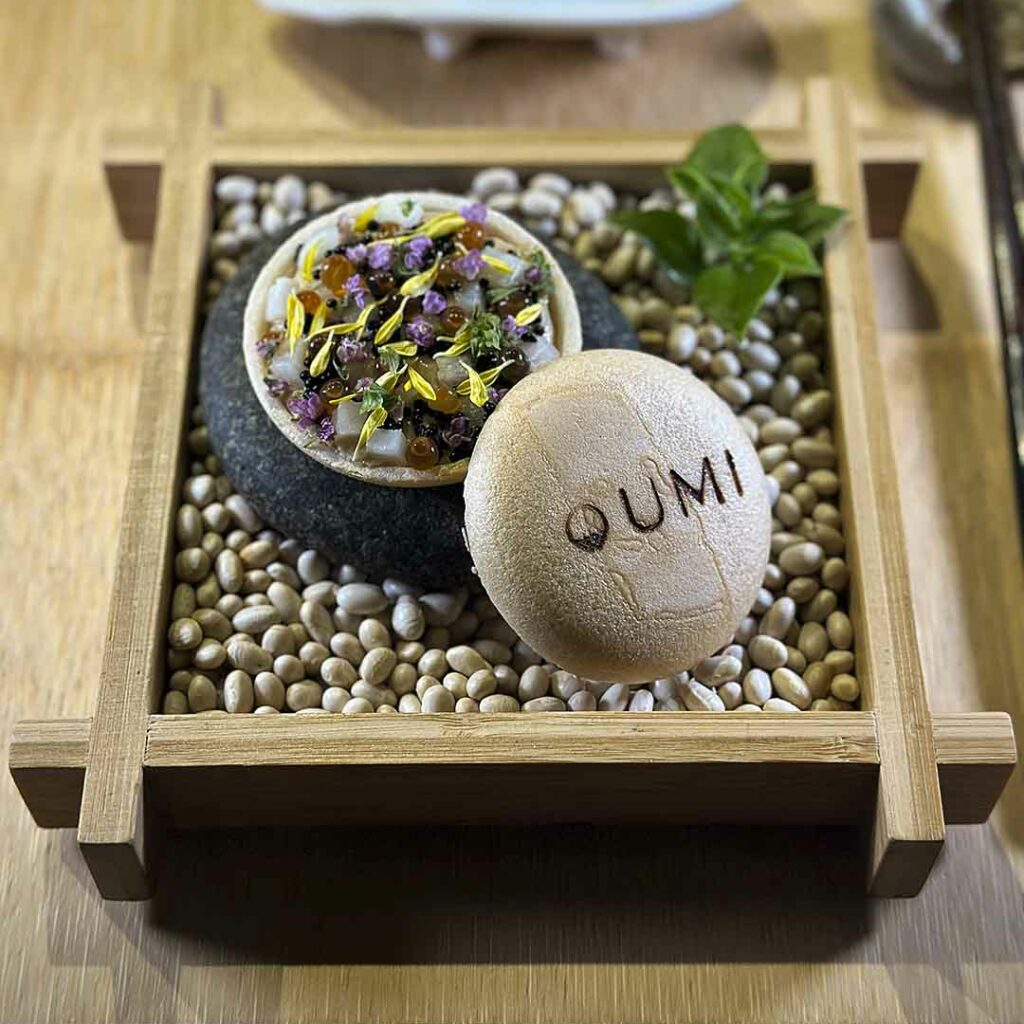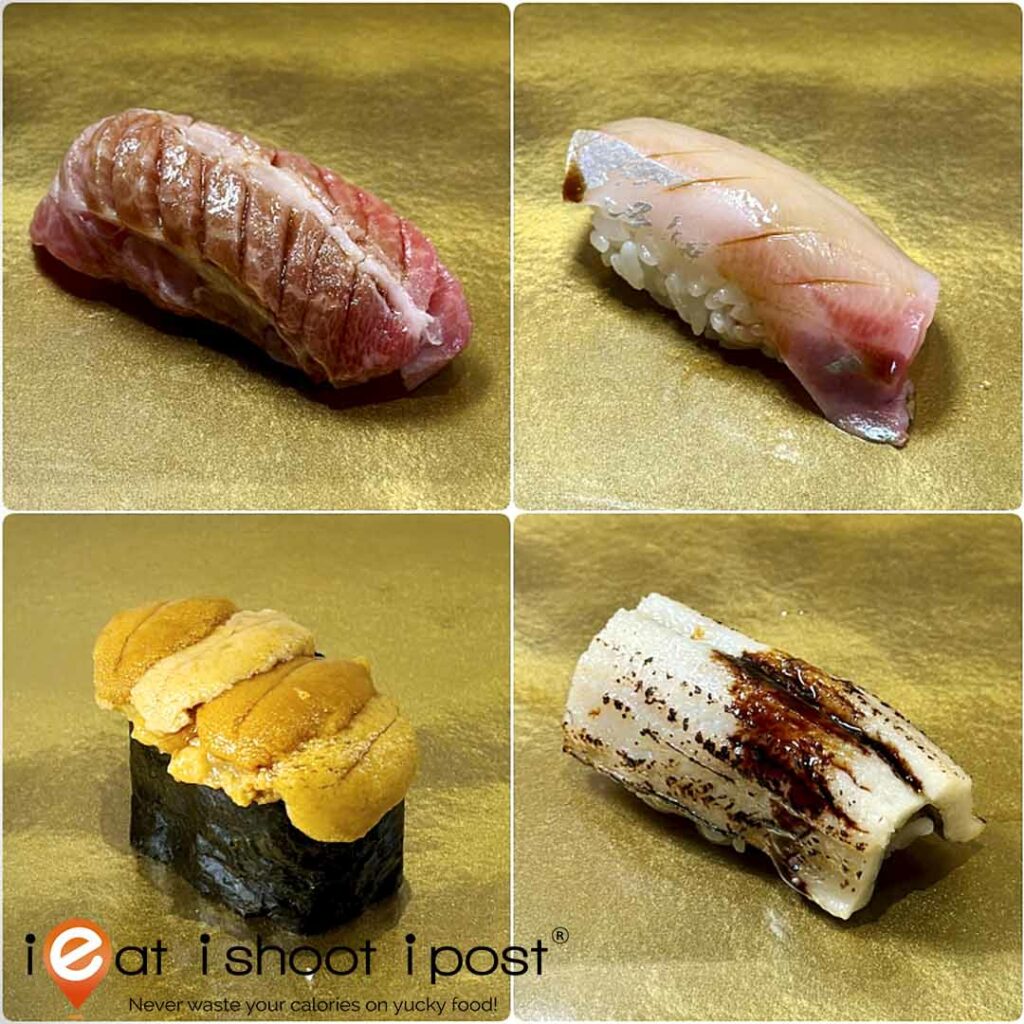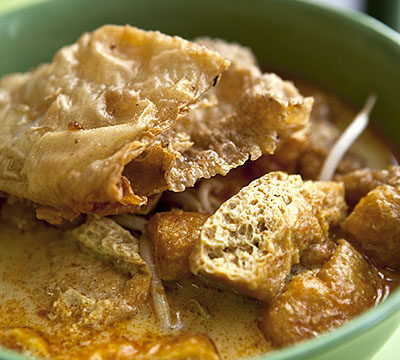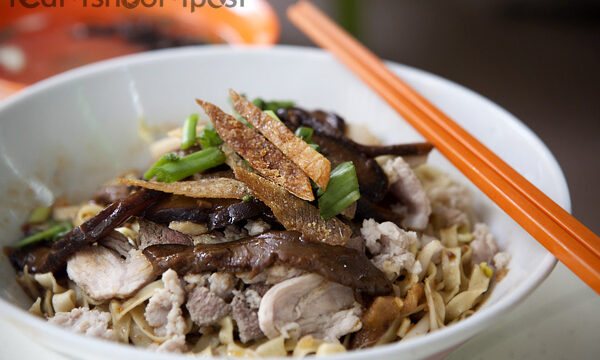The Fish
Saba is a favourite fish amongst the Japanese. It is served in sushi, grilled, stewed and even canned. Like Sardine, it is a plentiful fish that is found in the waters of Japan. It is a fish that is rich in oils and very flavourful. However, this oiliness is also its drawback as it doesn’t keep very well. So in the good old days, Saba is often cured and the only people fortunate enough to be able to eat fresh Saba as sashimi are the fishermen themselves. Nowadays, modern refrigeration has made it also possible for us to eat fresh Saba, although it should still be eaten very fresh or it would cause Scombroid poisoning.
Scombroid poisoning can occur in all the fishes in the family Scombroidae, which include fish like Mackerals, Mahi Mahi and Tuna. When Saba is caught, its digestive enzymes start to breakdown histadine in its flesh into histamine, especially when the fish is not kept on ice. You all will be very familiar with the effects of histamines. It is the same compound that causes the typical allergic reaction of rash and runny nose which is why anti-histamines are prescribed for these conditions. In the same way, Scombroid poisoning can also make it look as if you are allergic to Saba. However, unlike an allergy, you can take Saba again as long as it is fresh.
In Singapore, we are more familiar with the Spanish Mackeral which is known locally as Tengiri or Batang. These are close cousins of the Saba but will not make very good Sushi. In Japan they are known as Sawara. They are a much larger fish and can be caught in local waters whereas the Saba is found only in the cooler waters up North.
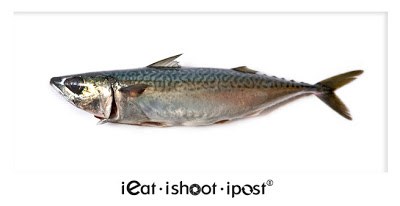
Name: Saba, Chub Mackeral, Scomber Japonicus
Seasonality: Autumn
Size: 30 to 50 inches
The Tane
If you are averse to fishy fish, then you really need to take Saba when it is absolutely fresh. In Singapore, most Saba that is used for Sushi would have been cured. The flesh is oily and meaty and this has a lot to do with the presence of the aforementioned histadine which is responsible for what the Japanese describe as “Kokumi” or heartiness. Kokumi is the latest taste sense that the Japanese scientists from Ajinomoto are now proposing. We all know Umami is that savoury flavour you find in a good meat broth, but on top of just being savoury there is that feeling of full bodiness that comes from eating, say a good Laksa or Lagsane. That is Kokumi, and fish like Saba and Tuna are full of histadine and thus full of Kokumi.
This is one tane that you can easily identify from the wavy black lines on a background of silvery blue skin. It is usually served with either some grated ginger and shallots or topped with some seaweed. Fishiness scale: 4-5/5
The Fish
It seems that no one really eats this fish except the Japanese who prize it as a sushi tane. Much of the rest of the world use this fish as bait for much larger fish like Tuna and Mackeral. They are easily recognizable as a long and slender fish with a lower jaw that is much longer then the upper jaw. This helps it to feed on the water surface. When frightened, the Sayori can literally fly out of the water much like the flying fish (but not as far) to escape the predator.

Name: Sayori, Halfbeak, Hyporhamphus sajori
Seasonlity: Spring and Summer
Size: 1 foot
The Tane
Of all the Hikari Mono, Sayori is the least fishy and so it is a good one to start with if you are aversed to fishy fish. The flesh is very delicate and the flavour can be enhanced with a little bit of ginger which is sometimes served with it. As the fish is very slim, sometimes the itamae will choose to cut it into little strips and braid it on top of the sushi. This would be a good Hikari Mono to start with as the fishiness scale is only 2/5.
Acknowledgement
The photos are made possible through the help of my friends at:
Hokkaido Sushi
M Hotel, Level 9
81 Anson Road
65006121
Special Sushi Set for ieatishootipost readers
Hokkaido Sushi’s $70++ Sushi Omakase set is a great place to start your Sushi exploration. This offer will run till the end of the year. The set consists of a starter, five piece sashimi, 15 pieces of sushi which includes otoro and uni, Teriyaki beef, Akadashi Soup and coffee or ice cream. Just tell the waitress you are ordering the ieat Sushi Omakase set.
Sushi is Safe to eat! Please read my article on Radiation and Seafood Safety.
Resources:
Sushi Experts: Chef Thomas of Hokkaido Sushi and Shinji Sakamoto of CWT Fresh
References:
1. The Connoisseur’s Guide to Sushi: Dave Lowry, Havard Common Press, 2005
2. Sushi: Food for the eye, body and soul: Ole G Mouritsen, Springer Science, 2009
3. Sustainable Sushi: Sustainable Sushi: Cassen Trennor, North Atlantic Books, 2008





